The Vietnam War top 10 events
The Vietnam War was one of the most significant and controversial conflicts of the 20th century.
The war lasted for over a decade, from the mid-1950s to the mid-1970s, and had a profound impact on both Vietnam and the United States.

In this article, we will take a look at the top 10 events that occurred during the Vietnam War.
The Gulf of Tonkin Incident (1964)
The Gulf of Tonkin Incident was a pivotal event in the Vietnam War. It involved a supposed attack on two U.S. naval destroyers in the Gulf of Tonkin by North Vietnamese naval vessels.
“The Vietnam War was the longest and most unpopular war in American history. It was also the first war in which the media played a central role in shaping public opinion.”
Howard Zinn, American historian and social activist.
The incident prompted the U.S. Congress to pass the Gulf of Tonkin Resolution, which authorized the U.S. President to take any measures necessary to repel attacks against U.S. forces in Vietnam.
Operation Rolling Thunder (1965)
Operation Rolling Thunder was a sustained bombing campaign against North Vietnam by the U.S. Air Force. The bombing campaign was intended to weaken the North Vietnamese military and to pressure them into negotiating an end to the war.
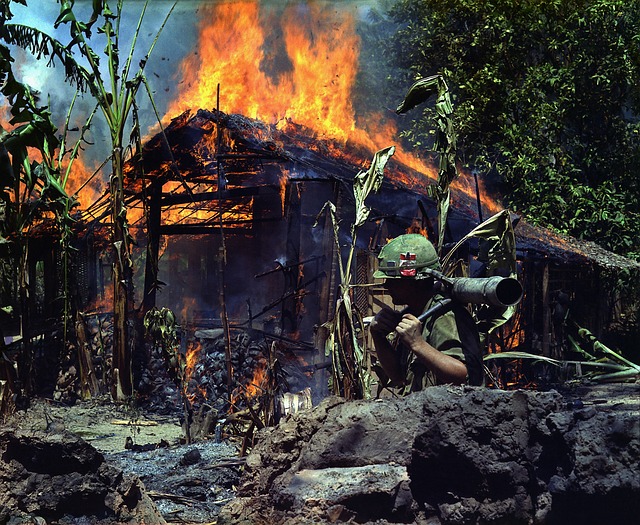
The bombing campaign lasted for three years and caused widespread destruction throughout North Vietnam.
The Tet Offensive (1968)
The Tet Offensive was a major military operation launched by North Vietnamese and Viet Cong forces against South Vietnam. The offensive caught the U.S. military off guard and led to a significant shift in public opinion against the war effort.
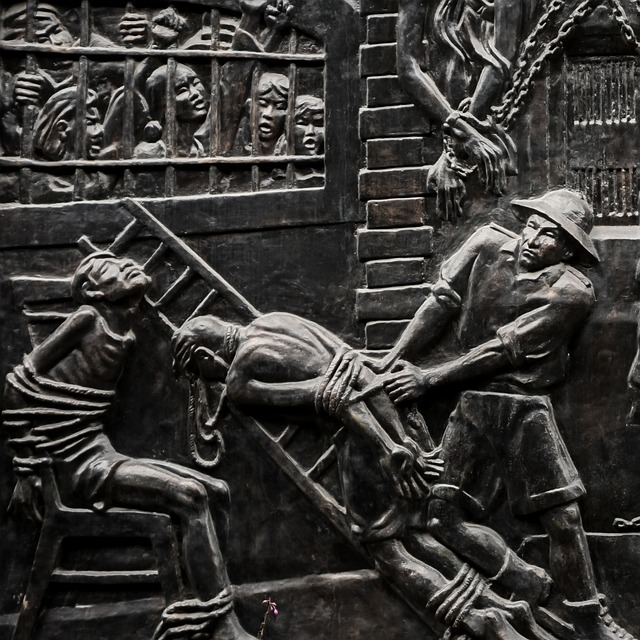
Although the U.S. and South Vietnamese forces were able to repel the offensive, it marked a turning point in the war.
My Lai Massacre (1968)
The My Lai Massacre was a horrific incident in which U.S. soldiers killed over 500 unarmed Vietnamese civilians, including women and children. The incident was covered up by the U.S. military for over a year before being exposed by the media.
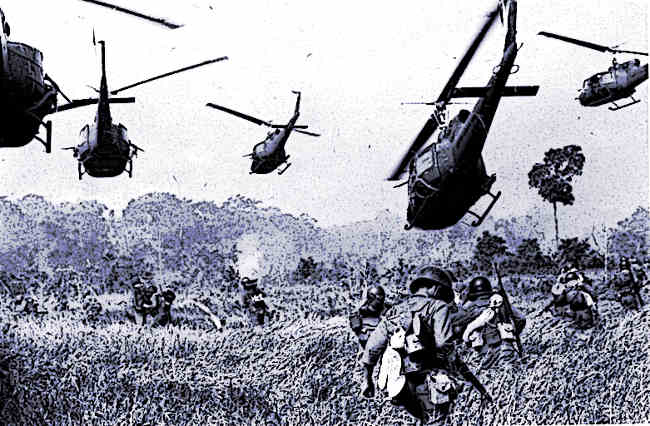
The MyLai Massacre became a symbol of the brutality of the Vietnam War and fueled anti-war sentiment both in the U.S. and around the world.
Kent State Massacre (1970)
The Kent State Massacre was a tragic event in which National Guardsmen opened fire on a group of unarmed student protestors at Kent State University in Ohio.
The students were protesting the U.S. invasion of Cambodia, and the National Guard was called in to disperse the protestors. The incident resulted in the deaths of four students and the injury of nine others.
The Kent State Massacre galvanized anti-war sentiment in the U.S. and led to a wave of protests across the country.
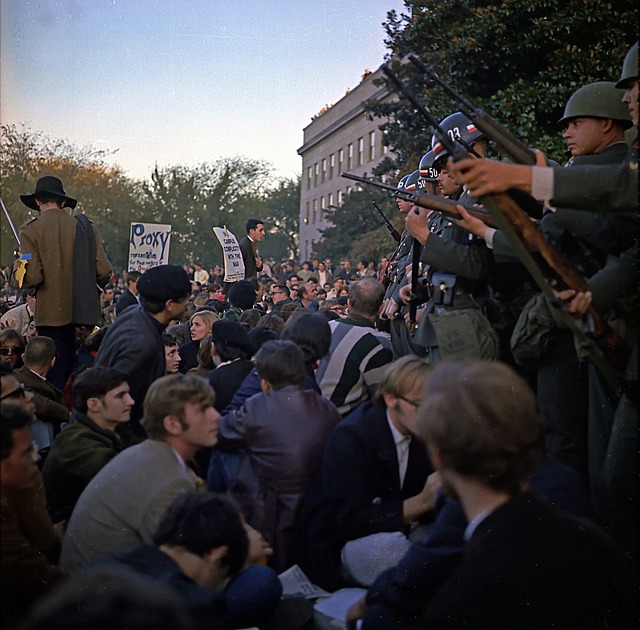
“The Vietnam War was a tragic mistake, made worse by the fact that those who made the decision to go to war knew little or nothing about the country they were sending our young men to fight and die in.”
David McCullough, American author and historian.
Paris Peace Accords (1973)
The Paris Peace Accords were a set of agreements signed by the U.S., North Vietnam, South Vietnam, and the Viet Cong, which aimed to bring an end to the Vietnam War. Under the accords, the U.S. agreed to withdraw all its troops from Vietnam, while North and South Vietnam would agree to a ceasefire.
However, the peace agreement was short-lived, and fighting between North and South Vietnam resumed in 1975.
Fall of Saigon (1975)
The Fall of Saigon marked the end of the Vietnam War and the final collapse of the South Vietnamese government. North Vietnamese forces captured the capital city of Saigon, and the South Vietnamese government surrendered.
The Fall of Saigon resulted in the evacuation of thousands of U.S. citizens and South Vietnamese refugees, and it marked a humiliating defeat for the U.S. military.
“The Vietnam War was a turning point in American history. It marked the beginning of a period of national disillusionment and a loss of faith in the government’s ability to do the right thing.” – Robert Dallek, American historian and biographer.
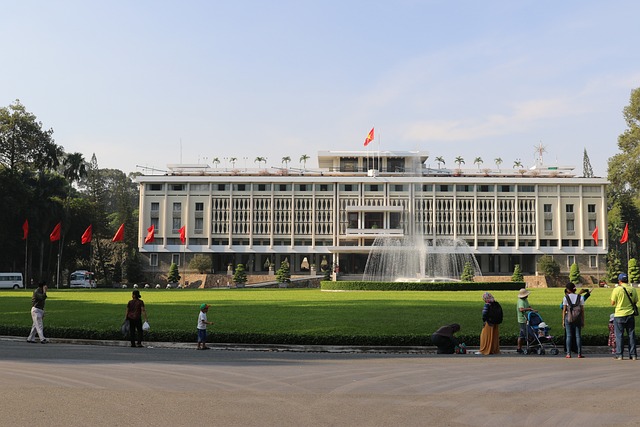
Operation Frequent Wind (1975)
Operation Frequent Wind was the final evacuation of U.S. citizens and South Vietnamese refugees from Saigon. The operation involved a massive airlift of people from the U.S. Embassy in Saigon and other locations in the city. Over 7,000 people were evacuated in just two days, as North Vietnamese forces closed in on the city.

Agent Orange (1961-1971)
Agent Orange was a herbicide used by the U.S. military during the Vietnam War to clear dense jungle foliage and to destroy crops. The herbicide contained dioxin, a toxic chemical that caused widespread health problems among both U.S. and Vietnamese soldiers and civilians.
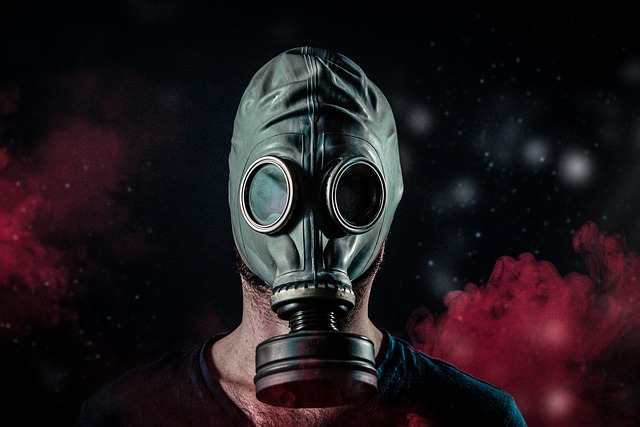
The use of Agent Orange has been linked to cancers, birth defects, and other illnesses, and it remains a contentious issue in the U.S.-Vietnam relationship.
“The Vietnam War was a war of attrition that ultimately proved unwinnable. The United States’ failure to understand the political and social complexities of the conflict led to a quagmire that claimed the lives of thousands of American soldiers and Vietnamese civilians.” – Marilyn Young, American historian and author.
Anti-War Protests (1965-1973)
The Vietnam War sparked a wave of anti-war protests in the U.S. and around the world. The protests were fueled by a growing opposition to the war, as well as the draft, which required young men to serve in the military. The anti-war movement played a significant role in shifting public opinion against the war and ultimately contributed to the U.S. withdrawal from Vietnam.
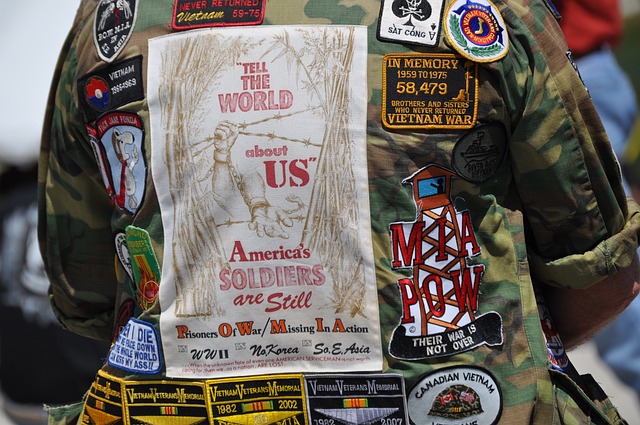
“The Vietnam War was a tragedy for both the United States and Vietnam. It was a conflict that should never have been fought, and it left scars that still linger today.”
Stanley Karnow, American journalist and historian, and author of “Vietnam: A History.”
In conclusion, the Vietnam War was a complex and multi-faceted conflict that had a profound impact on both Vietnam and the United States. The top 10 events during the war listed above represent some of the key moments and turning points in the conflict, from the Gulf of Tonkin Incident to the Fall of Saigon.
While the war officially ended in 1975, its legacy continues to be felt today, both in the U.S. and in Vietnam.